In today's fast-paced, technology-driven world, it's more important than ever to connect children with nature. Encouraging kids to be nature-friendly and introducing them to the joys of gardening can foster a lifelong love for the environment. Not only does it teach them responsibility, but it also helps them appreciate the beauty and importance of the natural world. Here's how you can nurture your child's green thumb and make plant care a fun and rewarding activity at home.
1. Start Small with Easy-to-Grow Plants

Children are more likely to stay engaged with gardening if they see quick and tangible results. Begin with easy-to-grow plants like herbs, succulents, or fast-growing flowers such as sunflowers. These plants require minimal care and provide a sense of accomplishment when they start to sprout and bloom.
2. Create a Kid-Friendly Gardening Space

Designate a small area in your garden or a few pots on the balcony as your child's special gardening space. Let them decorate their pots or garden plot with painted rocks, labels, or even a little garden sign with their name on it. This personal space will give them a sense of ownership and pride in their gardening efforts.
3. Make Plant Care Fun and Educational
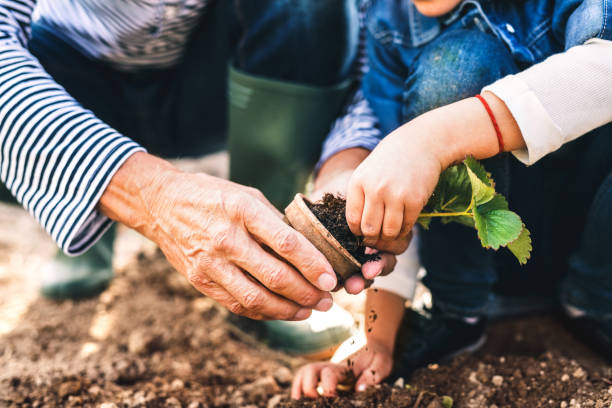
Turn plant care into a fun and educational activity by incorporating storytelling or role-playing. For example, you can create a story about a plant's journey from seed to flower, making your child the hero who helps the plant grow. Use this opportunity to teach them about the life cycle of plants, the importance of water, sunlight, and soil, and how plants contribute to a healthy environment.
4. Involve Them in Every Step
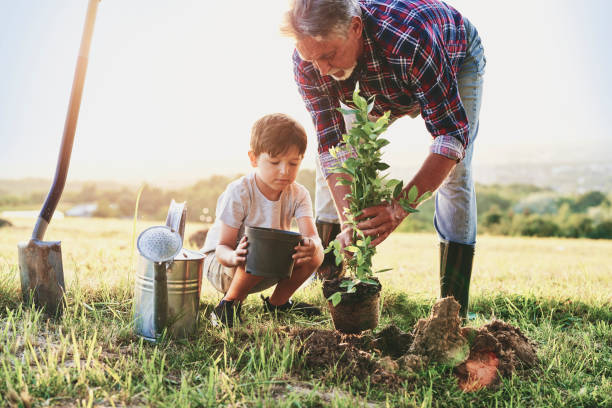
Kids love to get their hands dirty, so involve them in every step of the gardening process. Let them choose the plants, prepare the soil, plant the seeds, water them, and even pull weeds. The more involved they are, the more invested they'll become in the care and growth of their plants.
5. Teach Responsibility Through Routine

Plants need regular care, making them a great tool for teaching responsibility. Set up a watering schedule and make it a daily or weekly routine for your child. You can even create a plant care chart where they can check off tasks like watering, checking for pests, and ensuring the plants have enough sunlight.
6. Connect Plant Care with Environmental Awareness
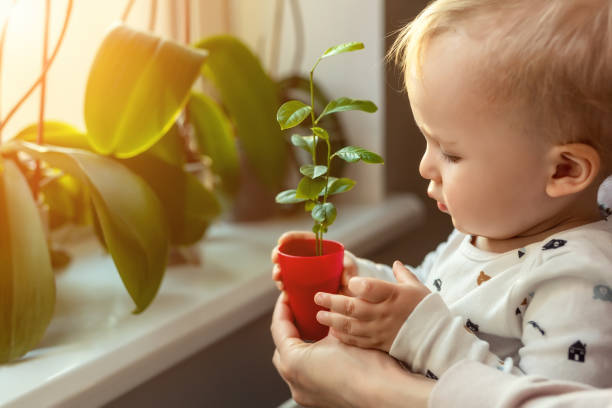
Use gardening as a gateway to teach broader environmental concepts. Explain how plants help clean the air, provide food, and create habitats for animals. Encourage your child to observe how their plants interact with the environment, such as noticing bees visiting flowers or the changes in plants with the seasons.
7. Incorporate Nature into Playtime
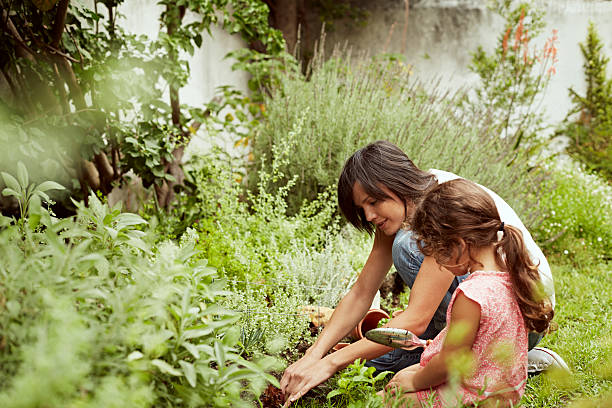
Make nature a part of your child's playtime by introducing activities like nature scavenger hunts, leaf rubbings, or building fairy gardens with plants. These activities can help children see the fun side of nature and inspire them to care for it.
8. Celebrate Their Gardening Successes

Celebrate your child's gardening milestones, whether it's the first sprout, a blooming flower, or harvesting herbs for a meal. Take photos, make a scrapbook, or cook a special dish using the plants they've grown. Celebrating these successes will boost their confidence and encourage them to continue gardening.
9. Lead by Example

Children learn by watching, so show them your love for nature. Spend time gardening, caring for houseplants, or simply appreciating the natural world around you. Share your own gardening stories, successes, and failures to demonstrate that gardening is a learning process for everyone.
10. Explore Community Gardening and Nature Programs
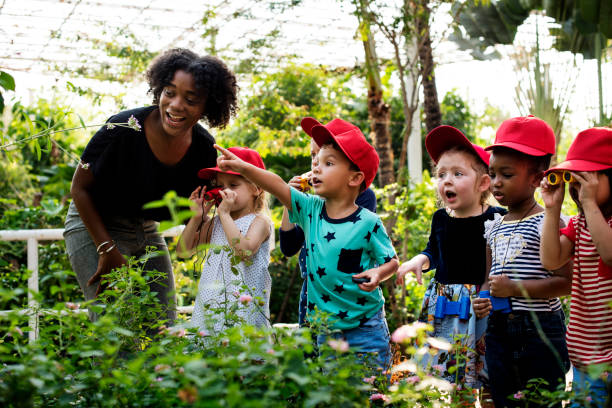
If space is limited at home, consider joining a community garden or participating in local nature programs. These opportunities allow children to learn from others, see different plants, and understand the importance of community in caring for the environment.
